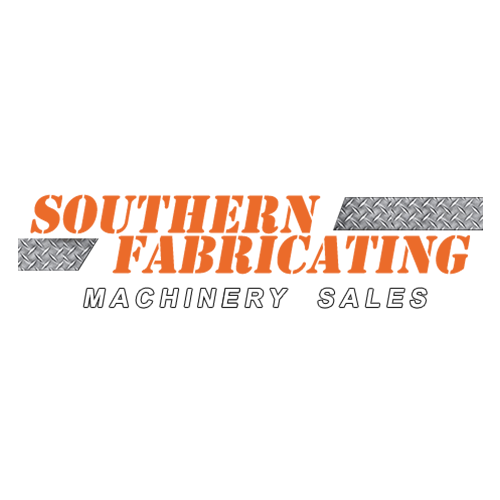
Posted By: Southern Fabricating Machinery Sales | Posted On: July 6, 2021
How to Choose the Right Laser Cutting System to Maximize Productivity & Accuracy
Lasers cutters have been around for a while now, but technology advancements and lowering pricing are bringing them to the mainstream. Once used solely for manufacturing, they are now used widely at home, at school, and in hospitals. This means there are more options when it comes to finding the right laser cutter for your shop. They come in different sizes and types for various purposes. You now have plenty of options when it comes to getting the right machine.
What Is Laser Cutting?
Laser cutting is a process by which intense heat is created and applied to a workpiece vaporizing the material in its path. Combined with an accurate motions system, precision shapes can be cut. Although laser is used in many aspects from medical to welding, it is bay far the metal cutting process seeing the most and quickest form of growth. This process of laser cutting is replacing many plasma cutting applications as well as waterjet and punching applications in the sheet metal and fabrication job shop.
How Laser Cutting Works
Lasers, which stand for Light Amplification by Stimulated Emission of Radiation, work by emitting a beam of light so intense it creates an enormous amount of concentrated heat. That heat is used to literally vaporize the material underneath it thus cutting through the material you are working with.
It works by focusing the light beam with a lens or curved mirror. This beam can be focused to a pinpoint that allows it to cut, shape, trim, or provide small detailed etchings on your chosen materials. The light provided gives off a very focused and intense heat to the area to cut whatever it is you need. The higher the wattage of measurement of the laser the thicker it can cut and the faster it can cut that thickness of material at.
The laser is assisted by gasses called “cutting gas” that clear the vaporized material away from the laser lens, nozzle and cut path. These assist gasses can be Oxygen, Nitrogen or a mixture of the two but play a very important part in the actual removal of material from the cut zone and the limiting of oxidation on the cutting surfaces where required.
Types of Laser Cutting Systems
There are three common types of laser cutters used.
Gas Lasers:
With gas laser cutting, usually called C02 laser cutting, is completed using a carbon dioxide mixed laser. It works by electrically stimulating the carbon dioxide mixture until IONS of light particles rapidly begin splitting creating more and more Ions (this is the amplification phase). Usually this process is created by Radio Frequency Bounced between two electrodes in a sealed gas charged field. Much like Bass speakers pointed at one another, the ions of light within rapidly break apart and multiply.
They are used for industrial cutting of a wide variety of materials like wood, steel, glass, acrylic, leather, paper, wax, plastics, wood, and different fabrics yet these lasers have their limitations in cutting highly reflective materials like brass and copper.
YAG/Crystal Laser:
The crystal laser cutter is made from nd: YAG (neodymium-doped yttrium aluminum garnet) and nd: YVO (neodymium-doped yttrium ortho-vanadate). They are used for extremely high powered cutting. This laser system creates ions of light within and continuously reflects that light of each end of the resonator while creating more light ions. Eventually allowing a small rotation of the light to escape via an output hole. YAG Lasers can be used with both metals and nonmetals.
Fiber Lasers:
Fiber Lasers are the newest and probably least understood in the laser family as the term “Fiber” only refers to the beam delivery system and not how the laser itself is generated. While Fibers can be adapted to YAG or CO2 laser power sources (resonators) they are more commonly found being connected to solid state diode producing light sources. These solid state resonators create hundreds of points of high light output and are fed to the cutting head via the fiber optioc cable. The “Solid State” power sources are the key as they do not need nor consume the LAS gasses that YAG and CO2 laser resonators require and also do not need the maintenance cleaning and replacement of tubes, mirrors, turbos etc that the others require.
The Solid State resonator combined with the fiber laser delivery system provides for the least expensive, longest lasting of the laser cutting systems while providing performance in thin materials at up to 10X the speed rates of other resonator systems and providing the capability through their unique wavelength, to cut the more difficult materials of copper and brass. Their general wavelength is very focused, producing an extremely small focal diameter.
The Cost vs Production Value When Installing a Laser Cutting System
The initial cost of your laser system can be very expensive so it's important to consider whether the high price will be worth the cost. The first thing you need to look at is what you are using the machine for. Many machine manufacturer’s will suggest you get right into 6KW or above at a cost at or above 500K but in your application you may not need that much power and speed. However if you are a laser cutting job shop (selling laser time) then speed is everything and a 6KW (8,10,12,or even 15KW) makes more sense as your cost per apart will be greatly reduced).
However if you are a job shop providing manufactured products like fabricated assemblies, that are processed further downstream from the laser then you may be better suited for a machine in the 2-3KW power range as its of no use to have your laser run just a few hours on Monday and sit idle the rest of the week while the downstream processes struggle to keep up.
Another way to save on a laser cutting system is to consider buying a used machine. They can be ideal for your job and are just as reliable at a far lower investment price. Often, people trade, sell, or broker their equipment that has hardly been used providing you a unique opportunity you can take great advantage of.
How to Choose the Right Laser Cutter For Your Needs
1. Identify the Materials You're Cutting
In order to choose the right laser system for your needs you first need to choose the right power source of your laser cutter and that will be based on the type and thickness of material you will be cutting as well as the speed of the laser cut you desire. As Laser measure their cutting power in Kilowatts (KW) increasing the kilowatt output of your laser cutting systems not only can increase speed but can also increase capacity. And while some materials are difficult to cut in any thickness, such as aluminum, increasing the power can drastically improve the quality and ease of cutting in these materials too.
2. Determine Your Desired Results
The next step ion selecting the right laser cutting machine is to determine the desired results in your parts as well. Details like edge quality and part accuracy can lead to selecting a machine and power source best suited for that specific need.
3. Consider All Aspects of Laser Cutters
Not only do you need to consider the investment dollar, but also the cutting capability which is based on the power output of the Laser resonator itself. Also you should consider your maximum material size and largest part size you desire to laser cut. All these additional considerations should also include any down process manufacturing as it does no good to run your laser 1 day a week while the parts all stack up in front of the press brake or welding stations.
4. Narrow Down Your Options for New and Used Laser Cutters
When you are narrowing down the options available in laser cutting systems, whether used or new you should look deeper at the reviews for each manufacturer. Make sure you research the brand names and look for parts and service ability for each system. Selecting the right machine is much more then selecting the right priced machine.
How To Finance a New or Used Laser Cutter System
Whether you choose a new or used laser, Fiber, YAG or CO2 system you can easily finance your purchase. Financing allows many advantages including purchasing a larger size, more automation or higher power system. You may be able to get financing right from the company that is selling your equipment or you can also apply for financing from Southern Fabricating Machine Sales and their partners that specialize solely in machinery financing, whether you buy your machine from us or not!
Our finance solutions also have the ability to finance other purchases or debts you may owe providing lower payments, better rates and even cash back for facility upgrades, freight, rigging or even raw material. Financing is just another great tool to help you invest the right equipment into your shop to fill the immediate need and plan for future growth as well.
At Southern Fab we can also take your old equipment as a trade-in. This strategy does two enormous financial benefits for you:
1) It eliminates the sales tax you need to collect and remit on the machine sale if sold directly.
2) It eliminates Capital; Gains tax (if purchasing a “Like” machine)
3) It reduces the purchase price of your new system saving more including sales taxes.
Check out our inventory of new and used equipment. We have new arrivals daily. Our team helps manufacturers just like you buy and sell their equipment every day, so we know how you can get the best deal.
Contact us today or check out our list of laser equipment. If we don’t have it, we can help you find it. We are consultants and partners, the best of both worlds as a machinery supplier.






